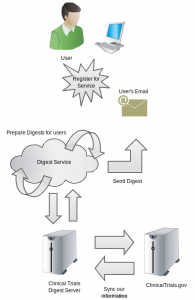For anyone that has any experience trying to create and commercialize a medical device one of the most challenging, frustrating, and intimidating obstacles is obtaining FDA approval. It’s complicated, it’s expensive and more than anything it’s LONG.
There are currently a number of different ways that someone can obtain FDA approval. The two most common are the 510(k) pathway and the Premarket Approval (PMA) pathway.
The 510(k) is a pathway that can only be followed by devices that can prove they are substantially similar to a pre-existing device on the market. In doing so, devices that pass by FDA approval through the 510(k) do not have to undergo clinical trial for approval. (Although for more complicated devices trials are also necessary to show validation to the market). Most Class I and Class II devices are approved using this pathway.
However, for inventors and companies with groundbreaking technology that is not similar the PMA pathway is often the only option. This is an extremely stringent and time consuming process that is often an enormous barrier to entry for startups.
An expedited pathway to approval called the FDA Fast Track Development Program has existed for a few years in the pharmaceutical industry that can accelerate approval time to only 60 days. Drugs that offer solutions to unmet needs are appropriate for this program like novel cancer drugs.
But for some reason no such equivalent has existed for medical devices. Well hopefully the wait is over.
Just yesterday the FDA announced proposed the Expedited Access Premarket Approval Application, a program for medical devices that will help new and novel technology that is needed by patients and the medical community to obtain faster FDA approval.
Technology has been growing at an incredibly rapid pace, and technological marvels are all around you. Unfortunately, the medical environment has been resistant to change and slow to evolve. Part of that has always been the huge obstacle associated with FDA approval.
Hopefully, this new process will make things a little bit easier.
http://www.reuters.com/article/2014/04/22/us-fda-medicaldevice-idUSBREA3L10120140422





